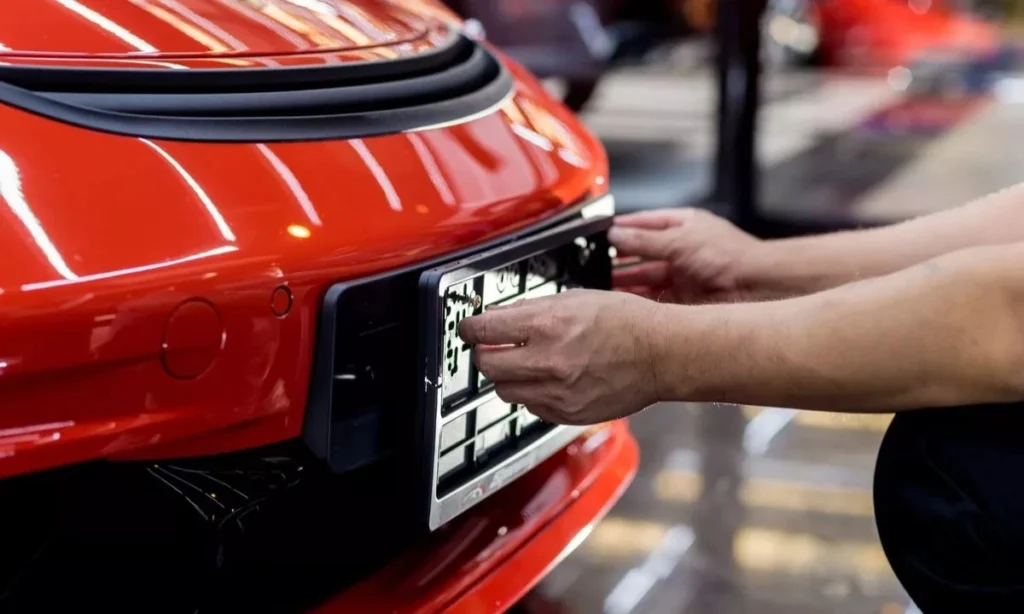All newly registered cars in the UK will carry the latest ‘75’ number plates. While many motorists are excited about the new registration mark, the DVLA is warning drivers that failing to follow the rules could lead to fines of up to £1,000 or even a failed MOT test.
What the New ‘75’ Plates Mean
The UK registration system changes twice each year. Cars registered between March and August 2025 were issued with the “25” plate, while those registered from September 2025 until February 2026 will display the “75” mark. This simple system helps drivers and buyers know instantly how new a car is. It also plays an important role in the car market, as dealers often highlight the newest plates to attract buyers looking for the latest models.
DVLA Cracks Down on Banned Plates

With every new release, the DVLA reviews number plate combinations to make sure none can be misread as offensive, political, or inappropriate. This year, hundreds of options have been blocked from use. The issue is made trickier because the number “5” looks very similar to the letter “S,” which increases the chance of words being formed by accident. Drivers are reminded that using a plate that has been altered, tampered with, or otherwise made non-compliant is a serious offence. The consequences include fines of up to £1,000, the risk of failing an MOT, and in some cases the DVLA can withdraw the registration entirely.
The Rules Every Driver Must Follow
The rules for number plates in the UK are strict and must be followed carefully. Plates must be reflective and easy to read, with black characters on a white background at the front of the car and black characters on a yellow background at the rear. Since September 2021, the characters must also be solid black without any shading or 3D effects. Every plate has to carry the British Standard mark BS AU 145e, which confirms it meets durability and readability standards. Plates must also show the name of the supplier who issued them. Importantly, the spacing of characters cannot be changed to form words or names. Plates must remain exactly as the DVLA has set them out, or they are considered illegal.
Why It Matters for Your MOT
Failing to comply with plate rules does not just mean the risk of being stopped by police. It can also cause problems when your car goes for its MOT. Testing centres are required to check number plates for visibility and legality, and if a plate does not meet DVLA standards, the car will fail its MOT. That means further expense and the hassle of having to replace the plate before retesting. Plates also play an important role in enforcement on the roads. Automatic Number Plate Recognition cameras rely on plates being clear and accurate. If your plate cannot be read correctly, it undermines the system and increases the risk of fines or penalties being issued.
What Drivers Should Do Next
If you are buying a new car from September, your dealership will issue the correct “75” plate as standard. However, for those with existing cars, it is worth checking your plates now. Look carefully to make sure they are not faded, cracked, or incorrectly spaced. If they do not meet DVLA requirements, replacing them sooner rather than later will save time, money, and the risk of penalties. By following the DVLA’s guidance, drivers can avoid unnecessary problems and keep their vehicles road-legal. With fines of up to £1,000 and the risk of failing an MOT, the safest option is to ensure your plates meet the rules. The new “75” plates are a reminder that while the style changes twice a year, the legal standards behind them remain as strict as ever.



